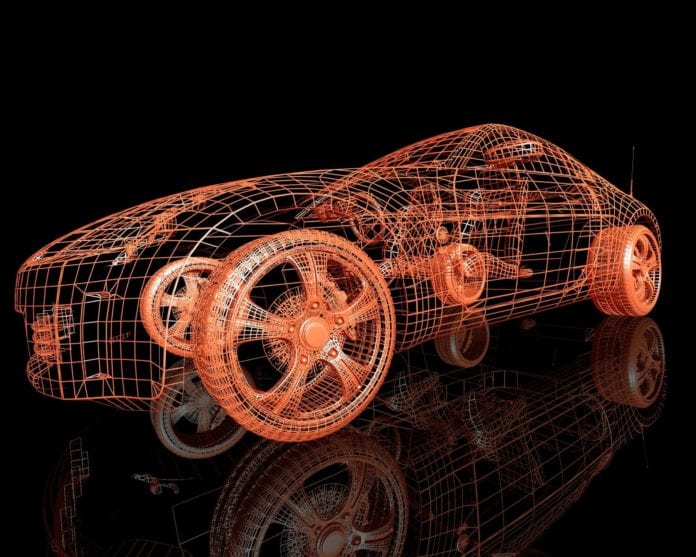MIPI interface seeks to extend its reach to better serve automotive use cases
As intelligent driver assistance systems increasingly rely on multiple camera and visual information inputs, MIPI Alliance’s popular interface standard for cameras and displays in mobile devices is being adapted for use in advanced driving systems.
Peter Lefkin, managing director and secretary of MIPI Alliance, said that the MIPI interface is already being used in automotive applications to support cameras and displays.
“This isn’t an aspiration on the part of MIPI,” Lefkin said. “This is really leveraging our experience in developing specs for the physical layer as well as cameras, displays and sensor interfaces, and leveraging our experience to extend the length of the physical layer for automotive purposes.”
MIPI Alliance established an official automotive working group earlier this year, building on existing collaborations with related to the needs of the automotive industry. Development of an A-PHY physical layer specification to support speeds of 12-24 Gbps is already underway, and the group is also working for gather requirements for even higher-speed interfaces (48 Gbps or greater). The A-PHY spec will also extend MIPI’s reach into a range up to 15 meters.
Moving from handheld mobile devices such as smartphones and tablets into automotive brings a host of challenges: harsh environments that can range from very hot to below freezing; vibration and a noisy radio frequency environment. But the issue of scale for the physical layer is particularly significant, according to Rick Wietfeldt, a MIPI Alliance director and senior director of technology at Qualcomm Technologies. He said that compared to a typical distance of up to 15 centimeters within a mobile device, MIPI’s A-PHY will need to cope with distances of up to 15 meters — a significantly longer reach. That means a need for higher power as well as dealing with the physical complexity of the automotive environment: navigating door frames, for instance.
“The physical layer will need to compensate for running over a longer distance in a different physical environment,” Wietfeldt said.
MIPI was first established in order to support cameras for mobile devices, Lefkin noted, but it can also accommodate various sensor types and other technologies being used in driver assistance systems, such as lidar and radar. One of hot topics in the automotive industry today, he added, is what combination of technologies to use for automated driving systems and advanced driver assistance systems — so MIPI has an advantage in that it can support any of them.
“What you come to conclude is that all three have unique properties and all three together lead to a much better implementation of advanced or assisted driving,” Lefkin said.
“Automakers around the globe are amid a tremendous wave of innovation related to autonomous driving, ADAS, new fuel-economy standards, vehicle electrification and connectivity, new business models, new forms of in-car infotainment and more,” said Ian Riches, executive Director for the global automotive Ppractice with Strategy Analytics, in a statement on MIPI’s work. “With so many new applications to be supported in and across the vehicle, the auto industry is under pressure to more simply, efficiently and cost-effectively integrate disparate, high-speed data components from an increasingly large supply base.”
MIPI also anticipates that the increasing use of sensors and visual inputs such as cameras in internet of things applications will mean that its specification becomes more widespread in IoT applications.
The first version of MIPI’s A-PHY spec is expected to be available in late 2019, withe the first vehicles using a-PHY components anticipated to reach production in 2024. In announcing the work on an automotive spec, MIPI Alliance said that it will outline requirements that “optimize wiring, cost and weight requirements, as high-speed data, control data and optional power share the same physical wiring. The asymmetric nature of the MIPI A-PHY link, its point-to-point topology and its reuse of generations of mobile protocols promise overall lower complexity, power consumption and system costs for developers and automotive OEMs.”

